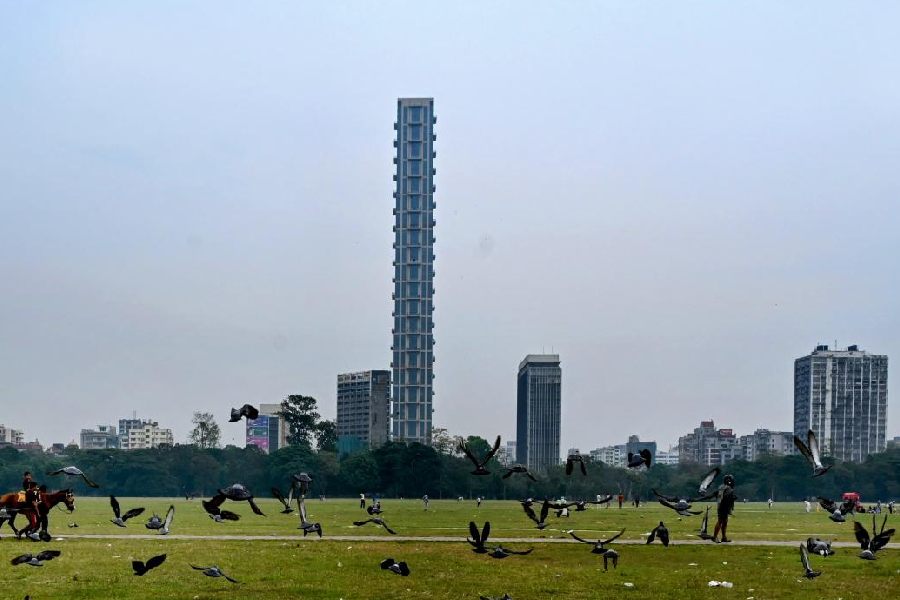 |
| File picture of a bamboo field |
Silchar, Jan. 14: The Mizoram government is planning a ban on paddy cultivation in the jhum pastures and hill slopes next year to check a possible menace of rodents, the number of which multiply after each bamboo flowering.
The state government?s novel idea emanates from an apprehended famine in Mizoram in 2007 because of bamboo flowering and the subsequent growth in number of rodents. The phenomenon, which follows an intermittent cycle, is due in the state and already sleek and elegant-looking flowers have started blooming in clusters of bamboo grooves near Aizawl.
Mizoram chief minister Zoramthanga told The Telegraph that the state?s working group on bamboo flowering and famine combat scheme (BAFFCOS) has mooted the proposal of freezing rice cultivation in the state for a year. The group has also drawn up a Rs 300-crore package to build buffer stocks of rice to be hauled from other states for feeding the eight lakh strong population of Mizoram for one year, he added.
Zoramthanga said the state government would ensure stringent surveillance as well as safeguards in the rice-storage centres, to be set up by central grants, so that the rodents cannot enter there.
Simultaneously a scheme of massive felling of bamboo plants and regeneration of these after a year is also being drawn up by the state government.
The bamboo forests in Mizoram cover a sprawling 6,446 square km representing about 31 per cent of the state?s total geographical area. The total bamboo stock in the state is estimated at 5,916.715 million. The state possesses 26 species of bamboo and the government has been trying to promote its cultivation to generate revenue and employment.
However, Mizos still find it hard to forget the scourge that the blooming mauve-coloured bamboo flowers wreaked on the people in the early sixties. The flowers had started to sprout seeds, which are a palatable food for the wandering rats.
As the rodents went on devouring the seeds in the bamboo flowers, their fertility was enhanced tremendously. Each one of them then gave birth to an average of 20 as against the normal rate of five.
After breeding in thousands in the mountain wastes, the hungry rats in legions then pounced on the rice fields and ran berserk in the crop-lines. It had resulted in the infamous famine of 1963 in Mizoram.
The bamboo flowering in Mizoram generally occurs in two cycles. The first one is Mautam, which occurs in an unerring regularity after an interval of 50 years. The next cycle is known as Thingtam, which generally sweeps the land after 20 years of the each outbreak of the Mautam.











